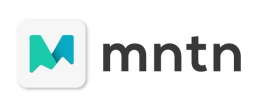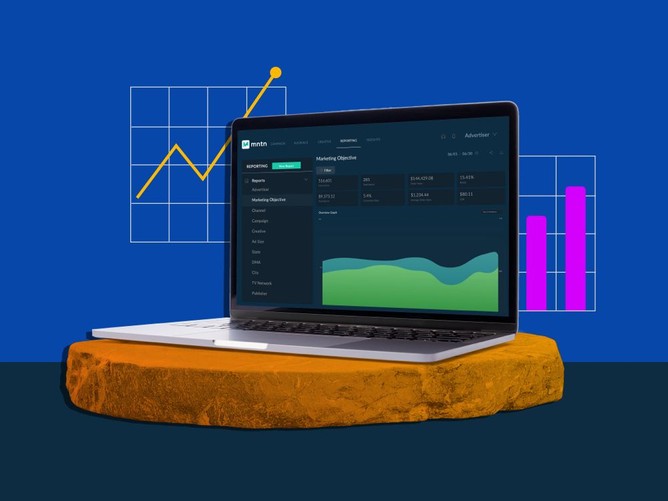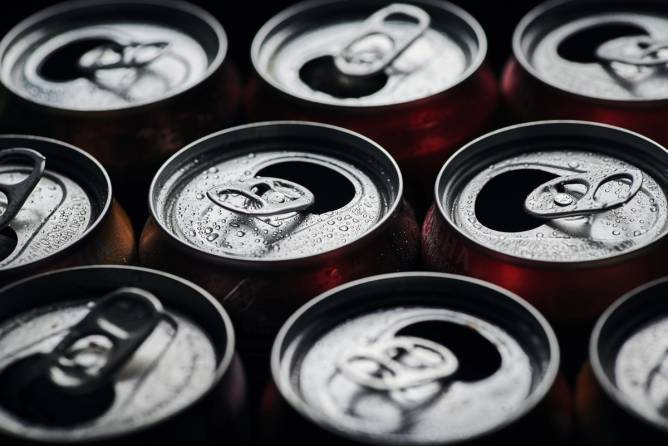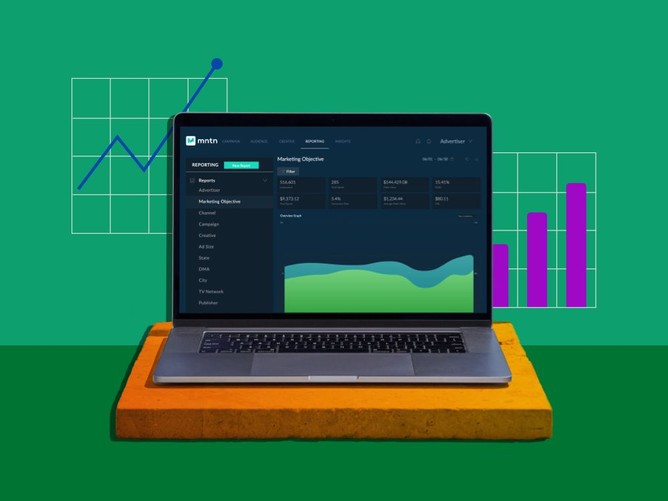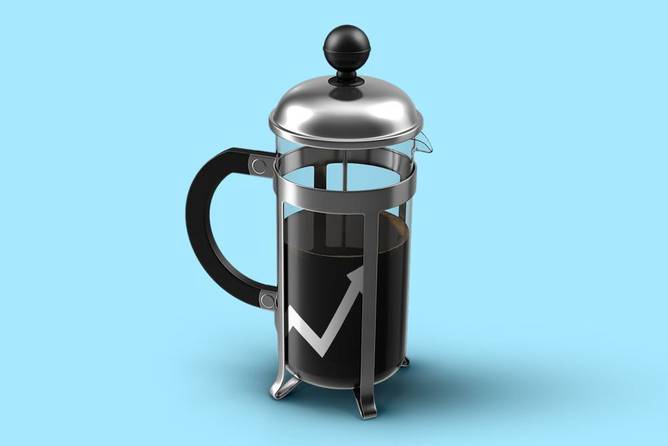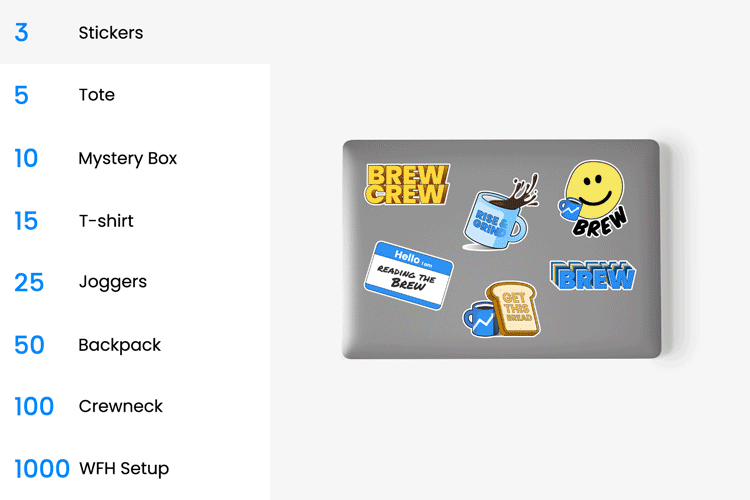Happy Thursday. Elon Musk, the owner of X, said yesterday that the recent decision by advertisers to back away from the platform “is going to kill the company.” In the same interview, he told advertisers like Disney to “go f— yourself” for pulling spend, so yeah, things seem to be going great.
In today’s edition:
—Ryan Barwick, Alyssa Meyers
|
|
Amelia Kinsinger
Sure, people see a lot of ads, but are any of them paying attention?
In recent years, advertisers have tried to answer that question, investing in measurement tools that go beyond the industry’s typical standard of viewability and impressions, which track whether ads actually appeared and whether anyone saw them.
Lumen Research, Adelaide, Playground XYZ, and others have worked with companies like AB InBev, Coca-Cola, Mars, Kia, and HP to embed digital campaigns with something called attention metrics, which aim to measure the *jazz hands* quality of the media that advertisers are buying by combining eye-tracking data with web-page layout information.
Look at me: The growth in attention metrics in the adtech space is likely the result of two somewhat contrasting trends in the industry. First, according to experts we spoke to, advertisers are tracking their dollars more diligently and evaluating impressions to ensure there’s a return on investment, and second, the tightening privacy landscape means that traditional attribution models (aka the fancy math that ties a customer’s online journey with behavior and purchases) are becoming less reliable as there’s simply less consumer data available for those models to use.
“As we lose the ability to track individual consumer actions…it comes down to media quality,” Ed McElvain, EVP of digital platforms and data-driven media at Mediahub, told Marketing Brew. “Attention is one of those quality signals we have considerable confidence in.”
Though there are some subtle differences in the methodologies they use, most attention metrics are grounded in eye-tracking data, which is pulled from panels and studies. That data is then applied to the geometry of a web page to determine where ads appear, their size, and how they fit alongside the page’s other content.
- Those metrics can point out the obvious conclusions—bigger ads tend to get more attention than smaller ones, and a heavy ad load can distract consumers and hurt attention.
Attention metrics can also provide surprising insights, like, McElvain said, the fact that “leaderboard” banner ads at the top of websites don’t get as much attention as advertisers had previously thought, because “everybody knows that’s going to be there, [and] nobody’s looking at it.”
Keep reading here.—RB
|
|
For marketers, the pressure to drive growth is real. Luckily, MNTN has been hard at work building technology to make your lives easier — and it’s here just in time for the holidays.
Meet Next Gen TV, a suite of enhancements to the MNTN platform designed to deliver better performance with your streaming TV campaigns than anyone has ever seen before. (And we mean anyone.)
Here’s just some of what you can achieve with Next Gen:
- Drive seriously powerful performance. (MNTN advertisers are already earning 27% lower cost per acquisition and 38% more site traffic with Next Gen.)
- Boost your results and easily scale your campaigns with smarter-than-ever automated campaign optimization.
- Build the audiences of your dreams using both your first- and third-party audience data in one place within the MNTN platform.
- Get more precise attribution with Next Gen’s enhanced identity resolution.
Get in on the future of TV advertising today.
|
|
Svitlana Hruts/Getty Images
We’d wager a guess that the United States Army probably doesn’t want to advertise on an animated pornography website.
But ads for the US Army and plenty of other advertisers appear to have run on websites like the one mentioned above, in the form of Google search ads, according to a report from the ad-tech auditing firm Adalytics.
According to the report, the ads appeared within embedded search widgets, via Google’s Programmable Search Engine product, on websites belonging to sanctioned Iranian and Russian companies, Italian pornography websites, as well as sites that Adalytics said were already included in some advertiser blocklists, like the far-right website Breitbart. Google serves ads across websites where its search widget is embedded, known as the Search Partners Network, and advertisers that buy Google search ads are automatically opted in to have their ads appear across this network of sites.
- The report says advertisers including Uber, BMW, Apple, US Sen. Ted Cruz and Sen. Amy Klobuchar, and, naturally, the FBI, appeared as sponsored ads in Google search results displayed on these websites.
- Even ads for the brand safety vendor DoubleVerify appeared, Adalytics found, underscoring that even companies pledging to keep brands out of brand-unsafe environments don’t seem to be immune.
Krzysztof Franaszek, founder and CEO of Adalytics, told Marketing Brew in an email that “brands simply ask for transparency into where their ads are served via the Search Partners network…It is within the realm of technical feasibility to make this information available to marketers via Google’s software tools, if they so desire.”
In a thread on X, Google’s VP of global ads, Dan Taylor, said that the company was reviewing the report, noting that it hadn’t identified any advertising revenue shared with “a single sanctioned entity” and that the company’s Programmable Search Engine product represents “a miniscule amount of our Search Partners Network.”
Representatives for Uber, Apple, Cruz, Klobuchar, and DoubleVerify didn’t return our requests for comment. The FBI declined to comment. The US Army and BMW told Marketing Brew they were investigating.
Keep reading here.—RB
|
|
Krit Of Studio Omg/Getty Images
It’s been a heck of a year in the sports and entertainment world—and no, we’re not just talking about Taylor Swift and Travis Kelce, aka what could be the biggest sports and music crossover event of our lifetimes.
Naturally, brands wanted in on all that action on and off the field. Team sponsorship revenue for major men’s pro leagues in the US increased by more than 17%, while women’s leagues experienced a 35% increase, according to a report from SponsorUnited, which reviewed sports and entertainment partnerships from the past year.
Big sip: One soda brand was unrivaled in terms of the number of sports sponsorships in 2023, and also topped the list in terms of deals in other entertainment categories. That brand? Coca-Cola, which clocked 938 deals with global sports properties this year, according to SponsorUnited.
-
That’s almost double the amount of rival Pepsi, which had the second highest number of sports sponsorship deals this year, with 499. PepsiCo’s Gatorade brand was No. 3, with 493.
- Other top sports sponsors included Adidas and Nike, which came in at No. 4 and 5, respectively, while Puma was No. 15 on the list.
- Nike and Adidas, however, were the top two brands by number of deals with international athletes as opposed to properties. Puma was No. 5.
-
Three beer brands made the sports properties list (Bud Light, Michelob Ultra, and Budweiser), as did two automakers (Toyota and Ford), and two fast-food chains (McDonald’s and Chick-fil-A).
Coca-Cola also topped the list when it came to deals with celebrities and influencers, having inked 41 this year, per the report. Amazon and L’Oréal were close seconds, with 38 deals each. The soft-drink brand scored the top spot in terms of musician partnerships as well, of which it had 17.
Keep reading here.—AM
|
|
|
Meet your marketing future. Advertising keeps evolving, so your tech better do the same. MNTN’s latest suite of enhancements has already seen advertisers generate 27% lower CPA and 38% more site traffic with their Connected TV campaigns. See what it can do for you.
|
|
Morning Brew
There are a lot of bad marketing tips out there. These aren’t those.
Stay honest: A look back at some social media predictions for 2023, and whether they came to fruition.
Insta win: Tips for how marketers can make marketing on Instagram count in 2024.
Mark your cal: TikTok is hosting a virtual event on Dec. 12 to give brand marketers a closer look at its AR effects.
Your CTV toolkit of the future: If you’re going to drive growth for your business, you need the right tools. Fuel your brand’s success with the next generation of MNTN’s TV advertising software. Start here.* Don’t you wanna?: Check out how Fanta rebranded + refreshed their look for the 2020s—and crushed their marketing goals in the process. Wanna learn more? Read Fanta’s story here, sponsored by Frontify.* *A message from our sponsor.
|
|
ADVERTISE
//
CAREERS
//
SHOP
//
FAQ
Update your email preferences or unsubscribe
here.
View our privacy policy
here.
Copyright ©
2023
Morning Brew. All rights reserved.
22 W 19th St, 4th Floor, New York, NY 10011
|
|


